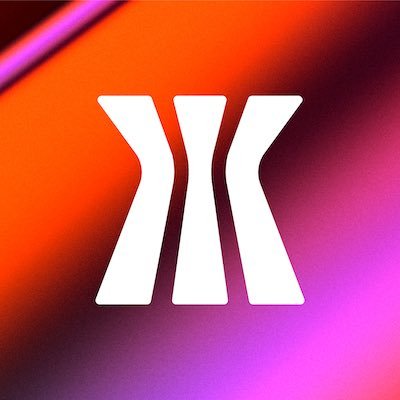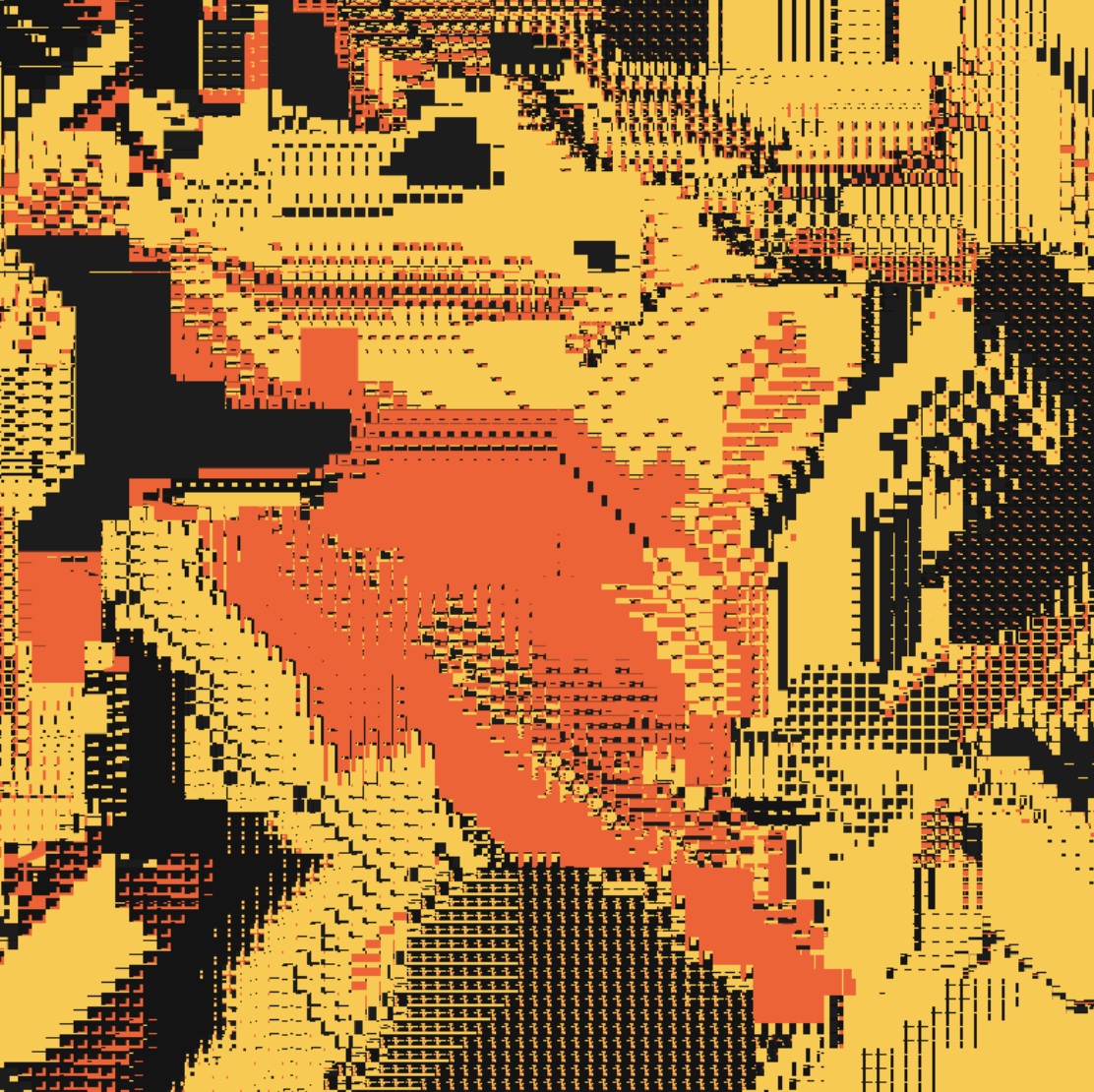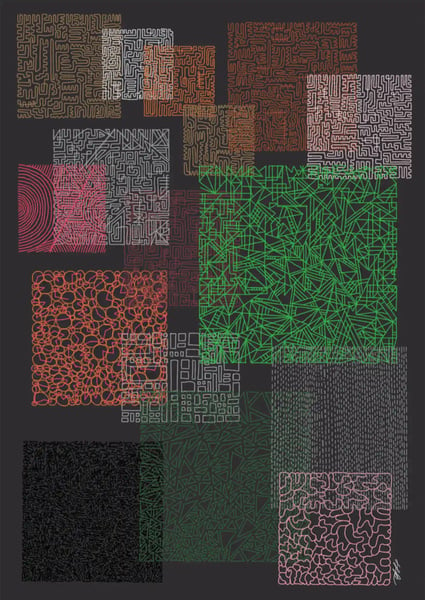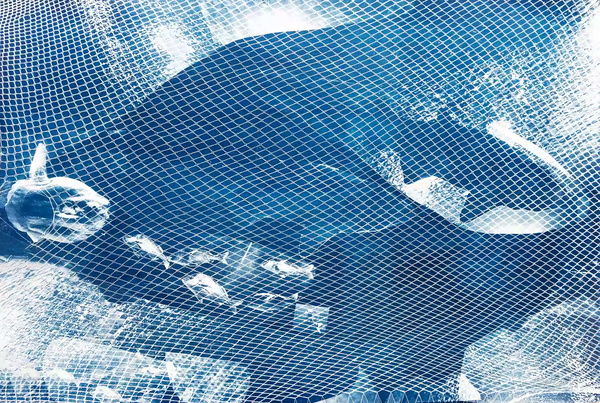Generative art is a form of digital art that uses algorithms and computational processes to create unique and complex artworks. Artists write code to set parameters and rules, allowing software to autonomously generate visual content. Using languages and tools like JavaScript, Processing, p5.js, and GLSL shaders, artists manipulate pixels, shapes, and animations to produce dynamic, ever-changing pieces. Let’s meet three Gamma Partner Artists who all explore the realms of possibility of creative coding using Bitcoin as a canvas.
Paweł Dudko: Merging 3D Printing with Generative Art

Paweł Dudko’s foray into generative art began with his experiments in 3D printing around 2015. Driven by the concept of a complex device capable of autonomously creating art, Dudko harnessed the possibilities of additive manufacturing. Equipped with basic programming and algorithmic knowledge, he began learning the Processing environment to code generative three-dimensional objects for printing. His initial Processing sketches were the starting point for developing his generative coding skills.
Dudko’s creative process is inspired by two main sources: experiences that captivate him and the algorithms themselves. He enjoys experimenting with his code, a method he calls "code bashing," where tweaking variables leads to unexpected, mesmerizing outcomes. This iterative process is foundational to his work, often revealing new avenues for exploration.
Primarily using JavaScript and WebGL, Dudko balances technical and creative aspects by ensuring consistency in his artistic vision. He emphasizes the importance of the overall experience, not just the art and technology. His Mycelioid series on Gamma Prints serves as an art journal to test ideas and see them in action.
One of Dudko’s standout projects is "Rays," his genesis Ordinals project. It was his first pure JavaScript project, pushing him to deepen his understanding of generative art and optimization. Dudko believes generative art has the potential to empower creativity, making it accessible through technology and expanding the boundaries of what art can be. Looking to the future, he envisions more real-time, complex, multi-layered, and multi-dimensional art, especially with advancements in AI and machine learning.
For newcomers to generative art, Dudko advises embracing the medium and experimenting freely. His experience with creating generative art on Bitcoin, particularly with Ordinals and Recursion, has been transformative, pushing him to develop new coding skills and embrace the blockchain as a dynamic canvas for digital art.
Andrea Belloni: Interplay of Code and Creativity

Andrea Belloni’s journey into generative art began with a personal passion for creating graphics and animations. He seamlessly transitioned into generative art, realizing it aligned with what he had always done when he first heard the term. Belloni’s creative process involves a dynamic feedback loop between the idea, the code, and the generated visuals, with each element influencing the others.
Belloni primarily uses JavaScript, starting with libraries like p5.js and three.js before transitioning to GLSL shaders for more compact and efficient code. This transition was not only technical but also added an aesthetic dimension to his work. The compactness of the code is crucial for blockchain art, where space efficiency is paramount.
Balancing technical and creative aspects is natural for Belloni, who views the two as intertwined. His approach involves continuous iteration, tweaking the code until the results align with his vision. Two significant works, "Flowing" and "Zen," exemplify his range—from complex, evolving landscapes to minimalist, nuanced animations.
Generative art, Belloni believes, democratizes art-making, making it more accessible and enriching the cultural landscape. He sees future advancements in AI and machine learning as areas ripe for exploration, particularly in creating more immersive and interactive experiences.
For beginners, Belloni recommends understanding the fundamentals of programming, experimenting boldly, and engaging with the generative art community. His experience with creating generative art on Bitcoin led him to develop more compact and efficient code, fundamentally changing his approach to artistic creation.
Michael Devereux: Bridging Science and Art

Michael Devereux’s fascination with generative art stems from the complex patterns that can emerge from simple mathematical inputs. With a background in physics and mathematics, Devereux found coding to be the perfect medium to merge his scientific knowledge with artistic expression.
Devereux’s creative process begins with an idea that quickly becomes an obsession, leading to extensive documentation, research, and prototyping. He enjoys exploring new techniques and refining his work through thousands of iterations. His transition from MATLAB to JavaScript, particularly the p5.js library, has been pivotal in his artistic journey.
Balancing technical and creative aspects is achieved through iterative refinement, ensuring both the code and the art are compelling. One particularly rewarding project for Devereux was "CryptoCountries: The Unpublished Archives of a Mythical World Traveler," his first long-form project on ArtBlocks. This project required learning a vast number of new technical skills and involved extensive creative exploration.
Generative art, according to Devereux, enables the visualization of complex patterns and structures, fostering collaboration between artists and technologists. He sees AI and machine learning as tools that can open new creative possibilities, automating tasks and allowing artists to focus more on conceptual development.
For newcomers, Devereux recommends starting with the p5.js online editor and exploring tutorials on The Coding Train YouTube channel. His experience with generative art on Bitcoin has been inspiring, with the ordinal numbering system providing a unique way to track progress and achievements. The challenge of keeping code compact has led him to approach generative art differently, particularly with print editions.
.png)



